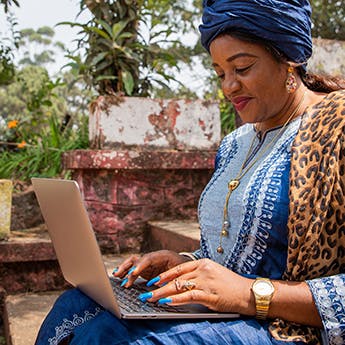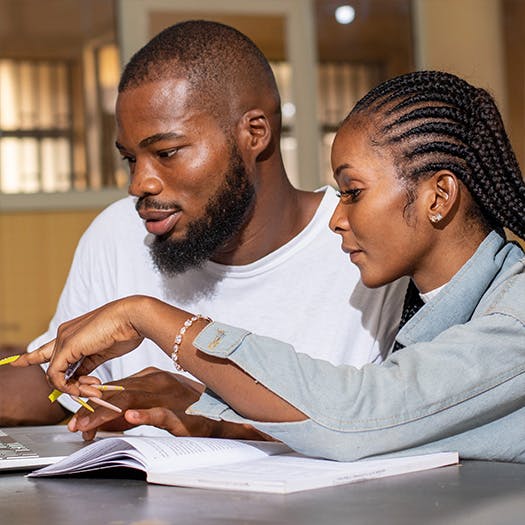
News
Chandrapur is on its way to become child marriage-free municipality
June 10, 2019
In the News
Previous

After 2020: What’s Next f...
Next

Journalists campaign agai...
With the recent declaration of its Ward 5 as a child marriage-free zone, six of the ten wards in Chandrapur Municipality, Rautahat, have now joined the national campaign for eradicating child marriage from the country by 2030.
The municipality aims to get rid of child marriage from all its 10 wards by early 2021. Officials and stakeholders say it’s going to be an uphill task, since the Dalits, the predominant community in Chandrapur, have long been practicing child marriage as their tradition.
But Mayor Ramchandra Chaudhary believes they can achieve the goal through community cooperation.
“Child marriage is still prevalent in remote areas of Rautahat, especially among the marginalised, Dalit and Muslim communities, and we are committed to declaring the whole municipality child marriage free by early 2021,” Chaudhary said. “Now on, no parents will marry off their underage children. For which we seek coordination from everyone.”
When Chandrapur Municipality Ward No 5 was declared child marriage free, the locals vocally supported the announcement and promised to coordinate with the authorities.
But it remains to be seen how far people are willing to go to support the cause.
Only last year, residents of Naya Basti, a settlement in Chandrapur Ward No 7, had protested the presence of social campaigners in their neighbourhood who were there for an awareness programme against child marriage. The Naya Basti residents had argued that eliminating child marriage would be against their age-old culture. They had even tried to manhandle the campaigners.
“The perception that when a child is married off early, the parents would have to spend less money for dowry is still rife,” said Menuka Bharati, of Janasewa Nepal, an NGO that is working with the local governments in Rautahat to end child marriage in the district.
“There are many challenges. Some parents argue that if we were to stop child marriage now, we’d be responsible for marrying off their children once they grow up. Others say they cannot give up their age-old tradition.
“It’s not easy to change their perceptions. We need to start from the grassroots level if we are to mitigate the practice,” she added.
There are some incidents that serve as a glimmer of hope, though. Janasewa Nepal, which has set up its complaint desks in 50 schools across Rautahat, has received a great deal of support from, mainly from girl students, in its anti-child marriage campaign.
The organisation has stopped four child marriages in the past one month alone.
Likewise, three girls were honoured by Chandrapur Municipality recently for stopping a child marriage by informing the authorities.
There are several social organisations working to end child marriage in Rautahat. Their efforts seem to have some positive effects, but the quest to free the district of child marriage is still fraught with challenges in the forms of tradition and resistance to change.
Devaki Nepal, a child rights activist, says child marriage is mostly common among immiserated communities.
“The communities that practice child marriage are not only illiterate but also poor. The parents are eager to marry off their children because they cannot bear the financial burden of feeding and schooling their children,” Nepal said.
According to a recent UNICEF study, Nepal is among the top ten countries for prevalence of child marriage among boys.“One in 10 Nepalese men, aged between 20 and 24, were married as children,” the report states.








